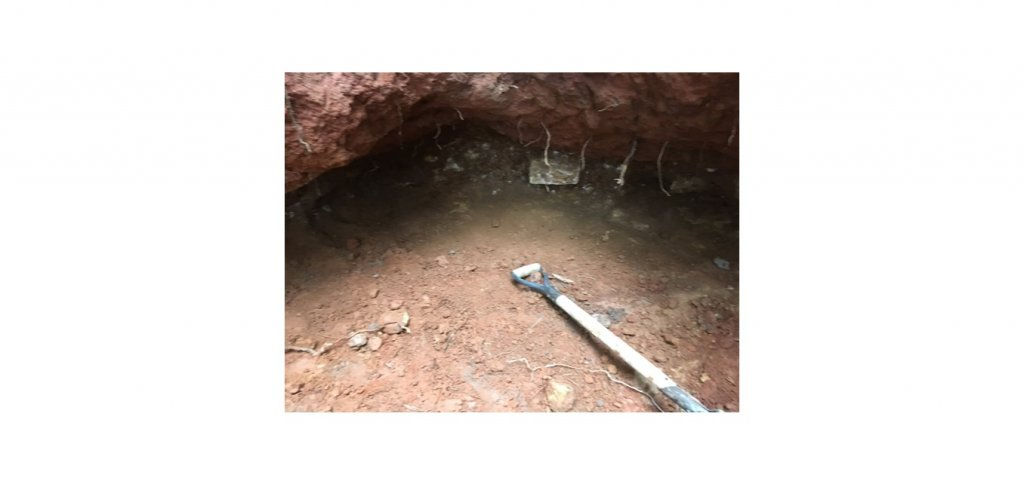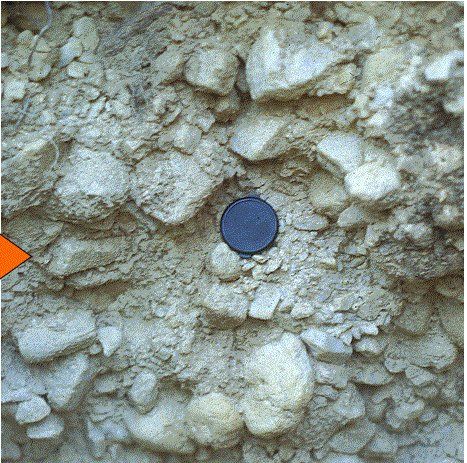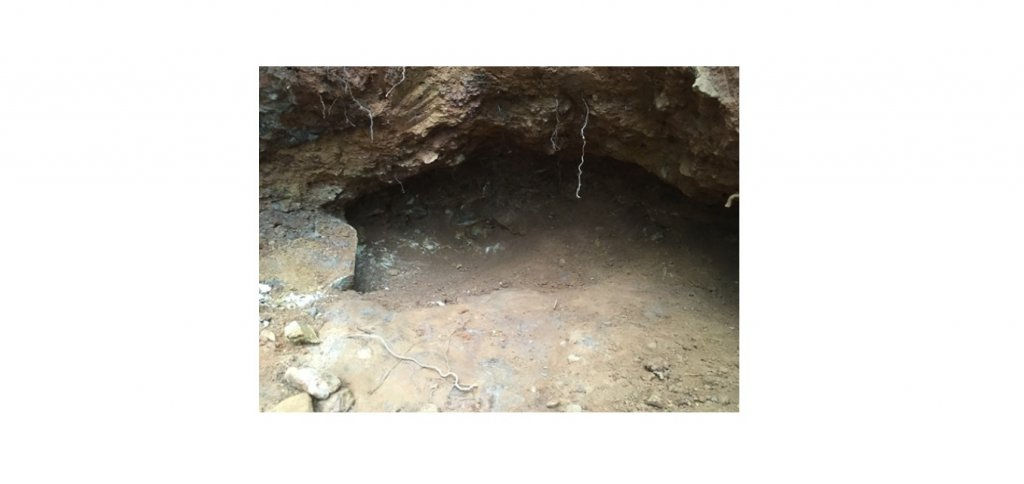You are using an out of date browser. It may not display this or other websites correctly.
You should upgrade or use an alternative browser.
You should upgrade or use an alternative browser.
Wash layer/newb questions
- Thread starter Jebus
- Start date

Help Support Prospecting Australia:
This site may earn a commission from merchant affiliate
links, including eBay, Amazon, and others.
"wash" is commonly a term for alluvial gravel, often containing a lot of quartz and commonly containing rounded pebbles. Gold (or corundum) will be most abundant in the base of the gravel (and cracks in the top of bedrock) for the reason you state. Nothing special unless it contains gold and gems. It is an archaic term, not usually used by geologists nowadays.Jebus said:Basically what's so special about it and what does it look like. Photos if possible plz
Why not just dig all the way to bedrock doesn't gold and corundum sink?
- Joined
- May 1, 2014
- Messages
- 1,958
- Reaction score
- 2,530
Jebus said:Basically what's so special about it and what does it look like. Photos if possible plz
Why not just dig all the way to bedrock doesn't gold and corundum sink?
The following is from my experience only on the central QLD sapphire fields - and surface digging at that, I never mined underground.
Corundum with it's relatively high SG (along with the zircons which are heavier again) tends to sink to the bottom of a steam or gully as it gets washed along. Presumably, many stones have been exposed, washed along and re-buried multiple times. The wash often appears as Goldirocks describes, an alluival gravel made up heavily of water-worn quartz pebbles and other stream worn stones, iron stone pebbles, quartzite boulders can often be present here.
Corundum (if it's actually present) will often be concentrated toward the bottom of the layer - in this case, it often rests on a base of hard clay. The stones may be embedded in the top of the clay "floor". Old sapphire miners told me to always be sure to scrape the top couple of inches of the floor as the heavy stones can sink into it.
They don;t just keep sinking to eternity despite their weight. In some places on the CQ field, they have discovered as may as four wash layers, all bearing sapphires.
Really, your typical surface wash layer is similar to a pulsator tray or gold sluice - the heavies go to the bottom. As stated, that is often a floor of hard clay. Be sure to take the top couple of inches of that clay.
Thanks so much for both your answers really appreciate it heaps cause I actually went out to Oberon yesterday and I just dug really deep and think I went past the wash layer.
So basically just dig to a hard clay layer and take the layer just before that? And how do I distinguish between the layers earlier than wash? Also is the wash layer is gravely?
I know noone probably hasnt taken any photos of wash layers but if on the off chance someone has it would really help
So basically just dig to a hard clay layer and take the layer just before that? And how do I distinguish between the layers earlier than wash? Also is the wash layer is gravely?
I know noone probably hasnt taken any photos of wash layers but if on the off chance someone has it would really help
- Joined
- Sep 10, 2018
- Messages
- 1,776
- Reaction score
- 3,921
Have you seen the WalnLiz YouTube vids? They're often panning for gems. Here's one where they got sapphires and showed the wash you want.
www.youtube.com/watch?v=2igcDAjnQEg
Cheers,
Megsy
www.youtube.com/watch?v=2igcDAjnQEg
Cheers,
Megsy
- Joined
- May 1, 2014
- Messages
- 1,958
- Reaction score
- 2,530
goldierocks said:"wash" can vary so much that you would need dozens of photos.
https://www.prospectingaustralia.com/forum/img/member-images/4386/1541334804_wash.jpg
Yep, it's a very broad, general term used by miners and fossickers for "the stuff with the stones in it".
Hopefully - the stones are definately there but there can be a helluva lot of dirt in between them!
Wash layers can vary on depths, consistency, colour and ease on getting it out. In the Vulcan State forest at Black Springs the depth of the wash layer can be near the surface down to 2metres but you know it when you find it. Its friggin hard as concrete.  Here is a typical wash band(excuse the crap photo) that you can find there. The layer can be anywhere from a couple of cm's to 30cm thick. Dry digging in an ancient lead is hard but can be rewarding. Wal N Liz video is a great example of stream digging at its best. It helps when you can get access onto private property into virgin areas.
Here is a typical wash band(excuse the crap photo) that you can find there. The layer can be anywhere from a couple of cm's to 30cm thick. Dry digging in an ancient lead is hard but can be rewarding. Wal N Liz video is a great example of stream digging at its best. It helps when you can get access onto private property into virgin areas.


Chiron52
Dave
I remember that rock in your top photo Conan.  layful:
layful:
Yes I left it there as it was a bugger to get out. There was some nice colour behind it but mostly dug to the right of it with not much luck. Someone removed it about a week later but now that area has been filled in with dirt. From what I have seen there is too many little stones and very few top sieverts. Not worth the effort. :/
[video=480,360]https://www.youtube.com/watch?v=Ty2x5Ez2Ab8[/video]
Wash layer digging at Sapphire Bend.
Wash layer digging at Sapphire Bend.
- Joined
- Oct 25, 2013
- Messages
- 179
- Reaction score
- 142
A handy tool for picking up the wash layer at places like Black Springs is a 120cm. length of 9mm steel rod, one end flattened like a screwdriver the other a tee handle welded on.
Using it like an auger, screw it down through the loamy top soil the sudden scratching sound/feeling will let you know you have hit the wash level.
Years ago we used this method very successfully in that region.
Some of the richest wash was only 3-4cm. thick and on occasion multiple levels.
mike
Using it like an auger, screw it down through the loamy top soil the sudden scratching sound/feeling will let you know you have hit the wash level.
Years ago we used this method very successfully in that region.
Some of the richest wash was only 3-4cm. thick and on occasion multiple levels.
mike
Similar threads
- Replies
- 23
- Views
- 2K
- Replies
- 8
- Views
- 919
- Replies
- 1
- Views
- 427




